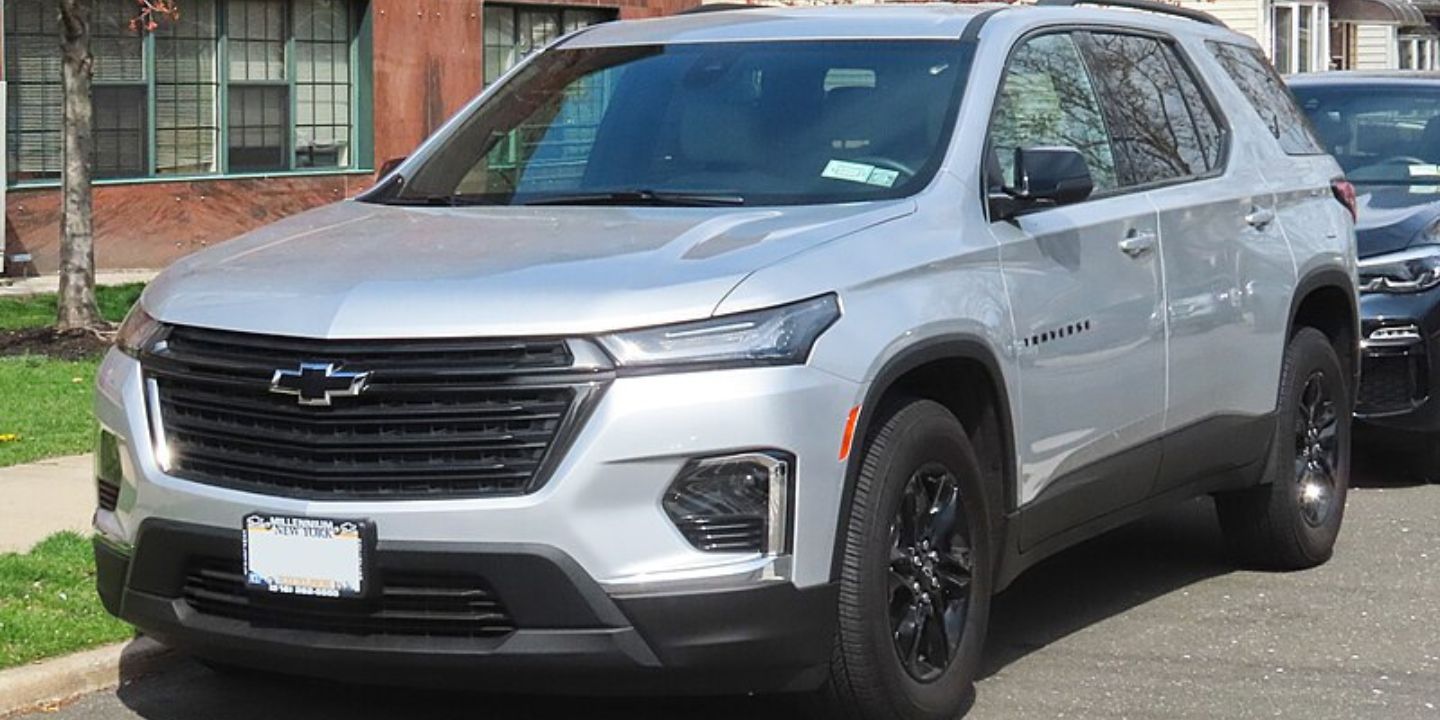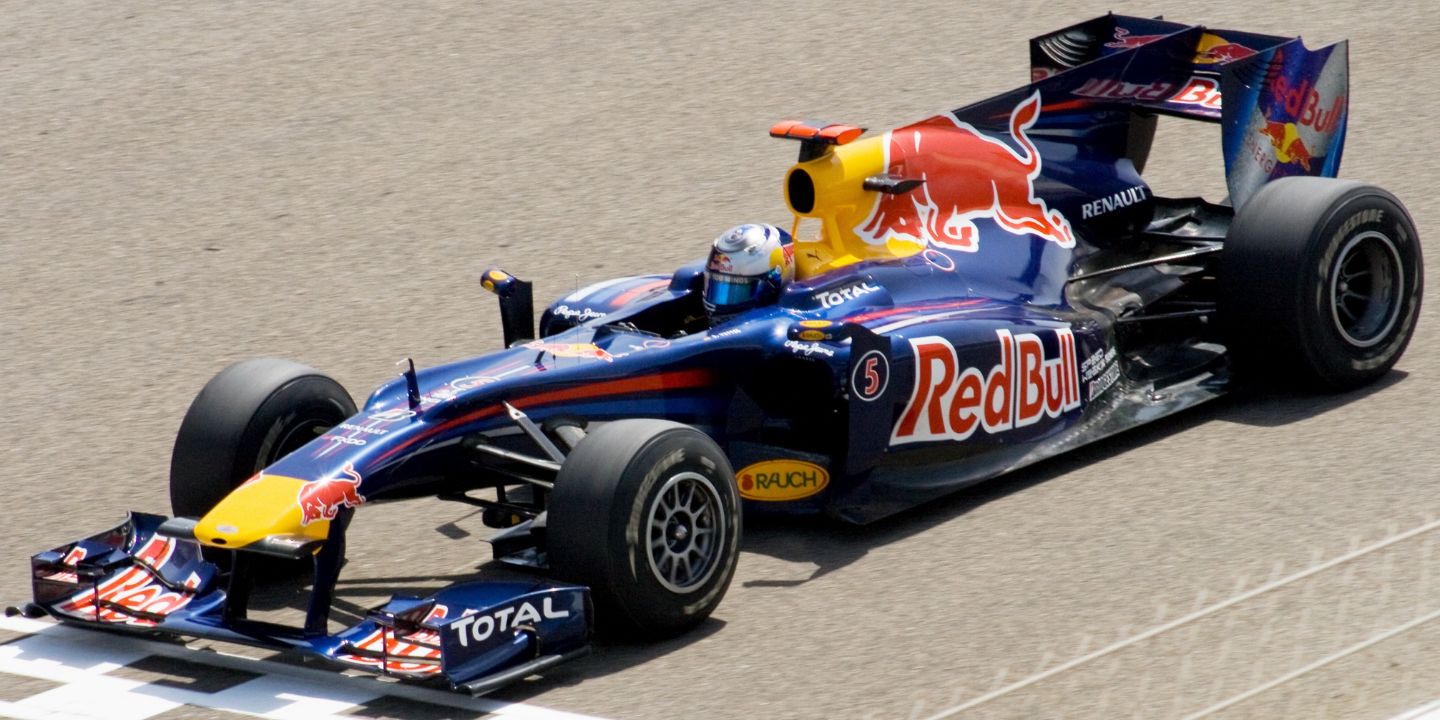The Wild Ride Behind BMW
Few car emblems turn heads quite like BMW. The iconic German automaker's badge is one we all recognize, but the story behind it runs deeper than you might think. Across generations, the brand has continued evolving. Its history isn't just impressive but unprecedented. Here, we look at 20 cool facts that show how BMW became the industry titan it is today.
1. BMW Was Born From Aviation Roots
Starting during World War I, BMW's predecessor, Rapp Motorenwerke, manufactured aircraft engines. Those powerful engines roared through the skies long before tires met pavement. The company's early inline-six aircraft engines were even used by the Luftstreitkräfte. Automotive ambition came later.
2. The R32 Was BMW's First Motorcycle
When the R32 debuted in 1923, it was a big deal. BMW's flat-twin boxer engine wasn't inside a car but powering freedom on two wheels. It also introduced a shaft drive, which is still used today in BMW bikes for smoother transmission.
3. BMW Entered Car Production By Buying Dixi
Acquiring Dixi in 1928 was a smart move and a survival strategy. BMW inherited the license to build the Dixi 3/15 and rebranded it the BMW 3/15. That tiny car kickstarted BMW's car-making journey and set its engineering mindset in motion.
4. The Kidney Grille Became A Design Signature
What makes a BMW instantly recognizable? That twin-kidney grille first appeared in 1933 on the BMW 303. The design provided better airflow to the engine and made it functional as well as iconic. Nearly every model since has included it.
5. Post-War Recovery Started With Motorcycles
War ruins factories and futures. By 1948, BMW had one shot: the R24 motorcycle. Built using leftover wartime tooling, this single-cylinder lifeline revived the brand. Over 12,000 were produced from 1948 to 1950, reestablishing production momentum before they could legally manufacture cars again in West Germany.
6. The New Class Saved BMW In The 1960s
Launched in 1961, the New Class sedans, like the BMW 1500, resurrected the brand. The series introduced front disc brakes, independent rear suspension, and lightweight construction. That innovation also shaped BMW's sporty image for decades and helped secure its independence.
7. BMW Founded The M Division For Racing
Motorsport needed speed; BMW delivered M. Born in 1972, this division developed racing beasts like the legendary M1. Built with Lamborghini's help and a mid-engine layout, the M1 became Germany's answer to Italian exotics. Only 453 units were ever produced.
8. The 328 Made Racing History Before WWII
Built for speed and sculpted for elegance, the BMW 328 ruled the tracks in the 1930s. At the 1940 Mille Miglia, it averaged over 103 mph—a record back then. The lightweight aluminum frame and aerodynamic curves made it a motorsport engineering marvel.
9. BMW's Headquarters Is A Tribute To Engineering
BMW's headquarters, which has been towering over Munich since 1972, mirrors a four-cylinder engine from above. Architect Karl Schwanzer designed it. The 99.5-meter structure houses management and engineering. Its floors were assembled on the ground and then lifted into place using hydraulic lifts.
10. The 3 Series Became A Global Phenomenon
Unveiled in 1975, the BMW 3 Series replaced the 2002 and reshaped the sport sedan category. Sharp handling, compact proportions, and more made it a favorite. Over 16 million units have been sold globally, more than any other BMW model to date.
11. The X5 Was BMW's First Foray Into SUVs
SUVs weren't BMW's style until 1999. Then came the X5, a "Sports Activity Vehicle." Developed partly in the U.S., it featured all-wheel drive and a unibody chassis. Production began in Spartanburg and has since topped 2 million units worldwide.
12. BMW Created Rolling Art With The Art Car Series
Since 1975, BMW has turned race cars into canvases. Andy Warhol, Roy Lichtenstein, and Jeff Koons painted models like the M1 and 3.0 CSL. These cars were for galleries, and they also raced at Le Mans and Nürburgring.
 Softeis~commonswiki on Wikimedia
Softeis~commonswiki on Wikimedia
13. BMW Took The Wheel In Formula 1
BMW's Formula 1 legacy roars with drama, from turbocharged engines in the '80s to full team entries in the 2000s. Nelson Piquet won the 1983 championship in a BMW-powered Brabham. Their final podium came in 2008 with Robert Kubica's win in Canada.
 Mark McArdle from Canada on Wikimedia
Mark McArdle from Canada on Wikimedia
14. BMW Revived MINI With A Modern Twist
After buying MINI in 1994, BMW reintroduced it in 2001 with quirky styling and German precision. The new MINI added modern tech like Dynamic Stability Control. Sales surged, and by 2012, MINI had sold over 2.5 million units globally.
15. The I Series Signaled BMW's Electric Vision
Electric ambition took shape in 2013 with the i3 and i8. These were futuristic experiments. The i3 was BMW's first mass-produced carbon-fiber car. Meanwhile, the i8 used a plug-in hybrid drivetrain and hit 60 mph in just 4.2 seconds.
16. Spartanburg Became BMW's North American Hub
BMW's South Carolina plant builds more vehicles than any other BMW facility worldwide. Specializing in X models, it exports to over 120 markets. In 2022, Spartanburg produced over 416,000 vehicles. This plant helps keep the U.S. as BMW's largest production site by volume.
17. Rolls-Royce Joined The BMW Family
In 1998, BMW secured the right to build Rolls-Royce cars after complex negotiations with Volkswagen over trademarks and engines. Full production didn't begin until 2003. Today's Phantom, Ghost, and Cullinan models all ride on BMW-developed platforms, paired with V12 engines assembled in Munich.
 JustAnotherCarDesigner on Wikimedia
JustAnotherCarDesigner on Wikimedia
18. The Z Series Celebrated Open-Air Performance
Born with the Z1 in 1989, BMW's Z roadsters took performance into the wind. The Z3 gained fame in GoldenEye, and the Z8 featured a 400-hp V8. BMW paired luxury aesthetics with precision mechanics in a compact convertible.
19. BMW Became A Sustainability Leader
BMW's sustainability focus extends beyond its EVs. The Dingolfing plant, for instance, uses renewable energy and closed-loop water systems. Vehicle components like dashboards and wiring increasingly use recycled plastics and natural fibers. These practices are now part of BMW's long-term corporate metrics.
 BMW Werk Dingolfing Öffentlichkeitsarbeit on Wikimedia
BMW Werk Dingolfing Öffentlichkeitsarbeit on Wikimedia
20. BMW Invests In Hydrogen As A Future Fuel
Hydrogen tech advanced in 2023 with the iX5 Hydrogen. This SUV stores 6 kg of hydrogen and refuels in under 4 minutes. Powered by a 170-hp fuel cell, it drives like an EV without grid dependency. BMW sees this as a complement to battery tech.
























